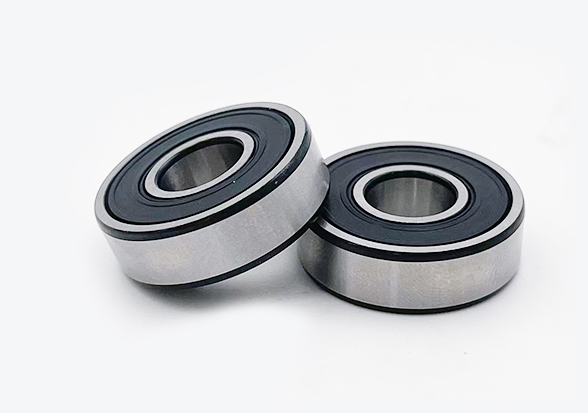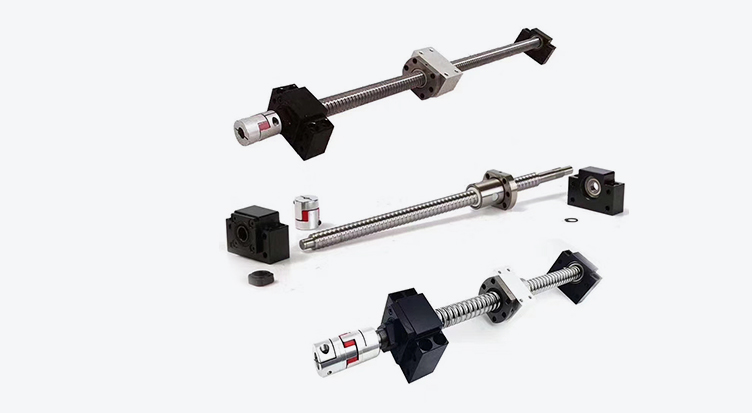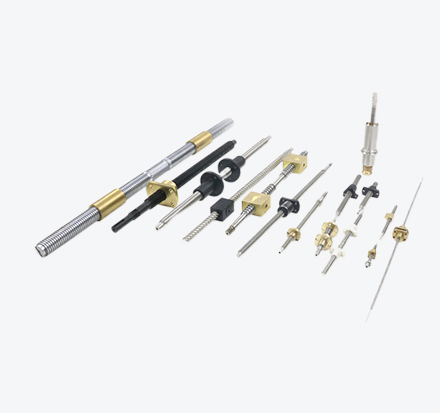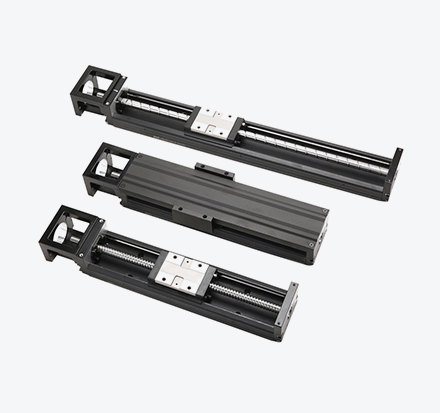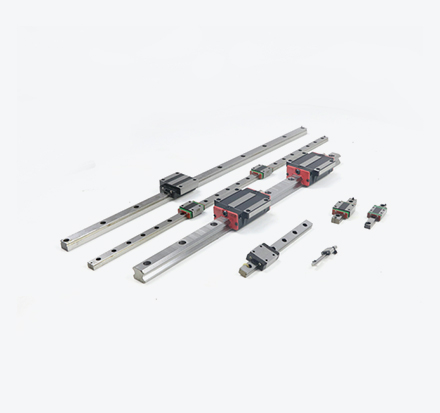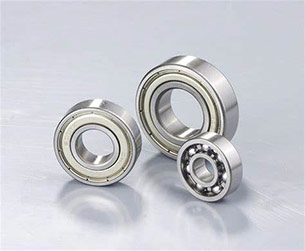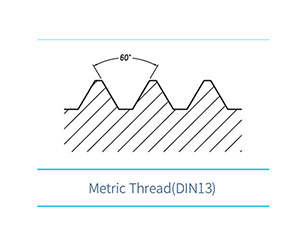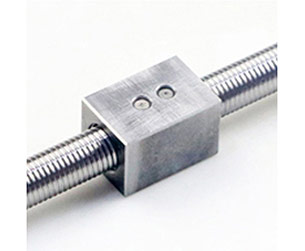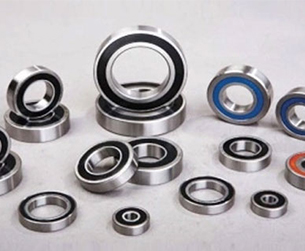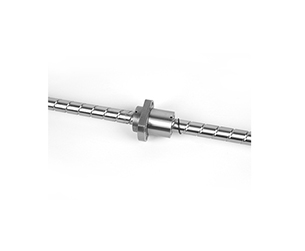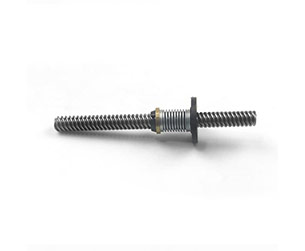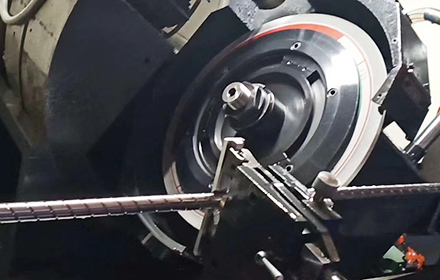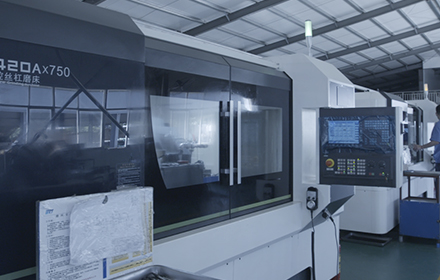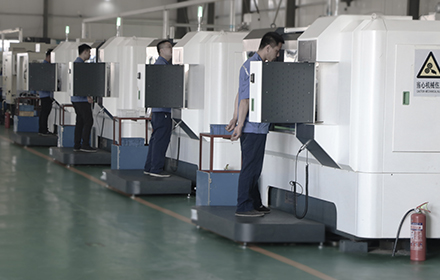Robotics has become an integral part of modern industries, revolutionizing various sectors with its efficiency and precision. At the core of this robotic revolution lies the use of linear motion modules, which play a pivotal role in enabling smooth and accurate linear movements. In this blog, we will explore the significant role that linear motion modules play in modern robotics, making robots more versatile and capable of performing complex tasks.
Enhancing Robot Mobility and Flexibility
Linear motion modules provide robots with the ability to move along a straight path with precision and repeatability. This enhanced mobility allows robots to navigate their environments more effectively, enabling them to reach diverse locations and access hard-to-reach areas. The incorporation of linear motion modules in robotic designs significantly enhances the flexibility of robots, enabling them to adapt to different tasks and environments.
Enabling Pick-and-Place Operations
One of the key applications of linear motion modules in robotics is enabling pick-and-place operations. These modules allow robots to pick up objects from one location and place them precisely at another, streamlining various assembly and material handling processes. With the use of linear motion modules, robots can perform these tasks with speed and accuracy, ultimately increasing production efficiency and reducing human intervention.
Facilitating High-Precision Machining
Linear motion modules are crucial in CNC (Computer Numerical Control) systems used in precision machining applications. By incorporating these modules into CNC-driven robotic arms, manufacturers can achieve intricate and accurate machining processes. The precise movement control offered by linear motion modules ensures that the robots can mill, cut, and shape materials with exceptional accuracy, leading to superior finished products.
Supporting Collaborative Robotics
Collaborative robots, also known as cobots, work alongside human operators, enhancing productivity and safety in industrial settings. Linear motion modules play a vital role in cobots by enabling them to perform controlled and safe linear movements in collaboration with humans. With the integration of linear motion modules, cobots can handle delicate tasks, work in close proximity to humans, and adapt to dynamic work environments.
Linear motion modules have become indispensable components in modern robotics, elevating the capabilities of robots across industries. By providing enhanced mobility, precision, and adaptability, these modules have transformed robots into versatile and efficient machines capable of performing a wide range of tasks. From enabling pick-and-place operations to supporting high-precision machining, linear motion modules are driving the advancement of robotics and automation.
As technology continues to evolve, we can expect further advancements in linear motion modules, making robots even more capable and efficient. The seamless integration of these modules in robotic designs is revolutionizing industries, paving the way for a future where robots will continue to play a significant role in improving productivity and reshaping the world of manufacturing and beyond.
 English
English
